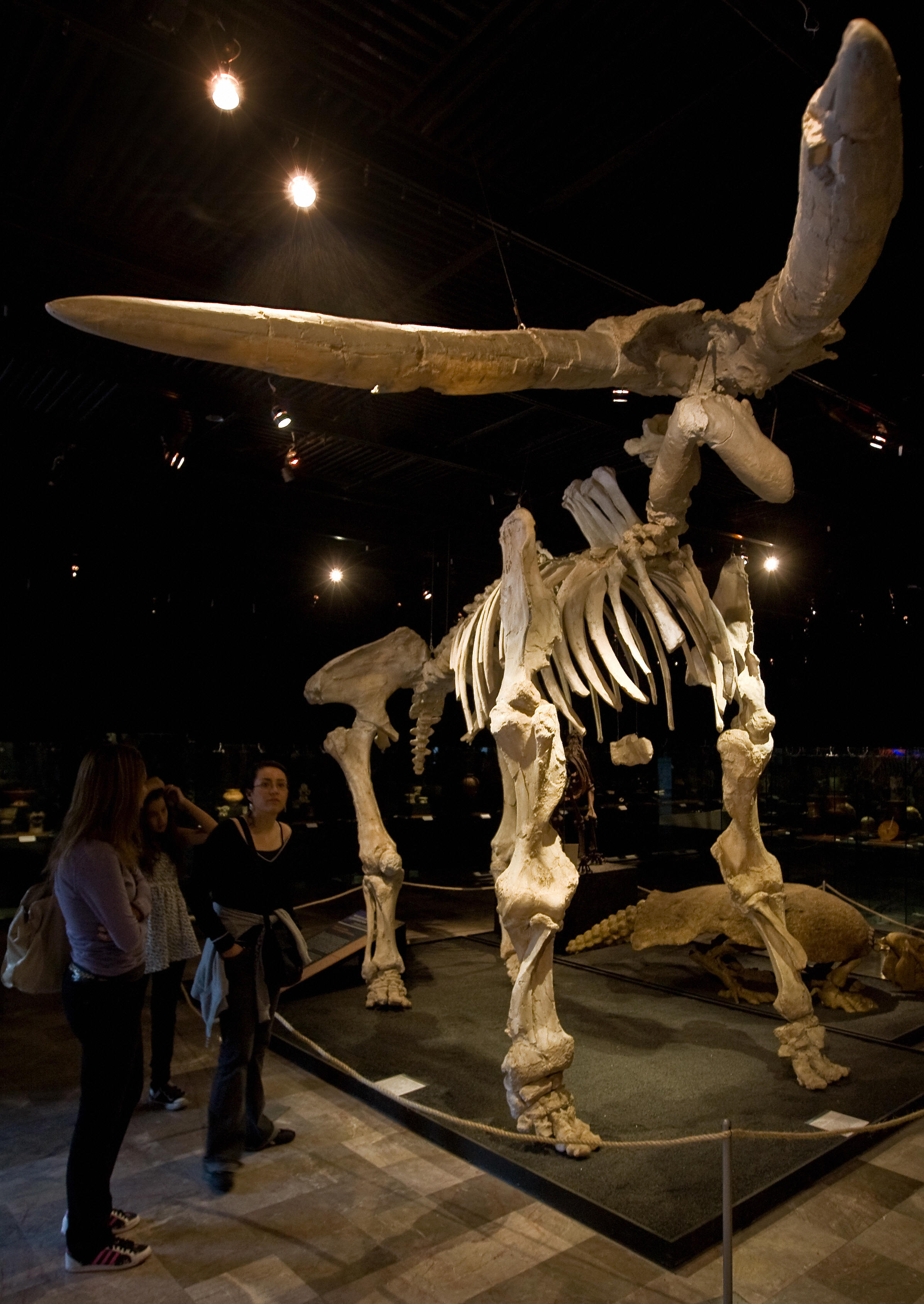
There were a lot of things on the menu for early Americans—deer, antelope, buffalo. But if you really wanted to eat well, and you were an especially early early American, there was nothing quite like a good haunch of gomphothere. That, it turns out, may have been one of the staples of the prehistoric Clovis culture, and while plenty of people never heard of this particular predator or its prey, the fact that they crossed paths is very big news.
The Clovis people are believed to be the earliest occupants of North America, arriving in the southwestern part of the continent somewhere between 13,000 and 13,500 years ago. Gomphotheres, a faintly freakish, four-tusked ancestor of the elephant, had the humans beat by a lot, first appearing on the scene as far back as 33 million years ago. The scientific wisdom had always been that the two species never co-existed, but the scientific wisdom hadn’t reckoned with a site called El Fin del Mundo (the end of the world) in northwestern Mexico.
Researchers from the University of Arizona, the National Autonomous University of Mexico and elsewhere began exploring the site in 2007, after a local rancher reported finding animal remains. They continued digging until 2012, and in a paper just published in Proceedings of the National Academy of Sciences (PNAS), revealed conclusive proof that the gomphotheres thundered and the Clovis people hunted at the same time and in the same place—and the Clovis got the better of the deal.
The first discoveries at the site were a few complete Clovis spear points, along with bones that appeared to be from a large bison. That made it a nice find, but hardly a remarkable one. The following year, however, the investigators unearthed a mandible that was not remotely bison-like, but was entirely gomphothere-like, and that changed everything.
Further digging revealed the complete remains of two gomphotheres—one 13 to 24 years old and the other a comparative juvenile at 10-12 years old. Mingled in with the bones were more spear points and though weathering on the bones made it hard to look for the cut marks and gouges that usually indicate butchering, the signs of a hunt were unmistakable. For one thing, animals that die natural deaths leave bones arranged in more or less the proper skeletal configuration. In this case, however, the remains were stacked in two distinct, non-anatomical piles.
The fact that some of the spear points the investigators unearthed were mingled in with the bones suggests that the Clovis hunters either simply tossed them there after they were done with the remains, or that the points were somehow lost in the flesh of the carcass and too hard to retrieve. The condition of the points suggests they may indeed have been well-embedded. “Three of the four points are complete,” the researchers wrote, “but the fourth is missing its base due to an impact-related snap.”
History was not kind to either the gomphothere or the Clovis culture. The proto-elephants eventually died off and were replaced by the modern, two-tusked model. And the Clovis culture eventually dispersed and settled into different sub-cultures, each adapting to the conditions on its own part of the continent. Some archaeologists think that the gomphothere might have had the last laugh, since the end of the Clovis line could have been caused by the disappearance of it and other such “megafauna” to hunt. The prey went down, but it may have taken the predator culture with it.
More Must-Reads from TIME
- Cybersecurity Experts Are Sounding the Alarm on DOGE
- Meet the 2025 Women of the Year
- The Harsh Truth About Disability Inclusion
- Why Do More Young Adults Have Cancer?
- Colman Domingo Leads With Radical Love
- How to Get Better at Doing Things Alone
- Michelle Zauner Stares Down the Darkness
Write to Jeffrey Kluger at jeffrey.kluger@time.com